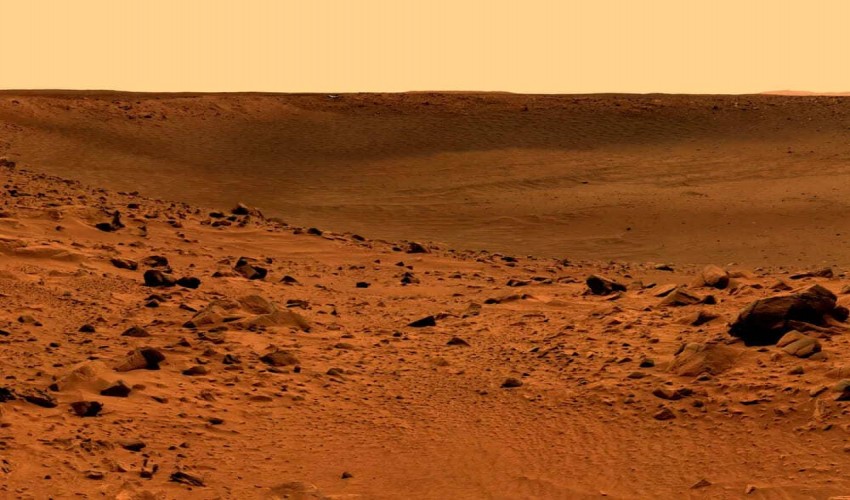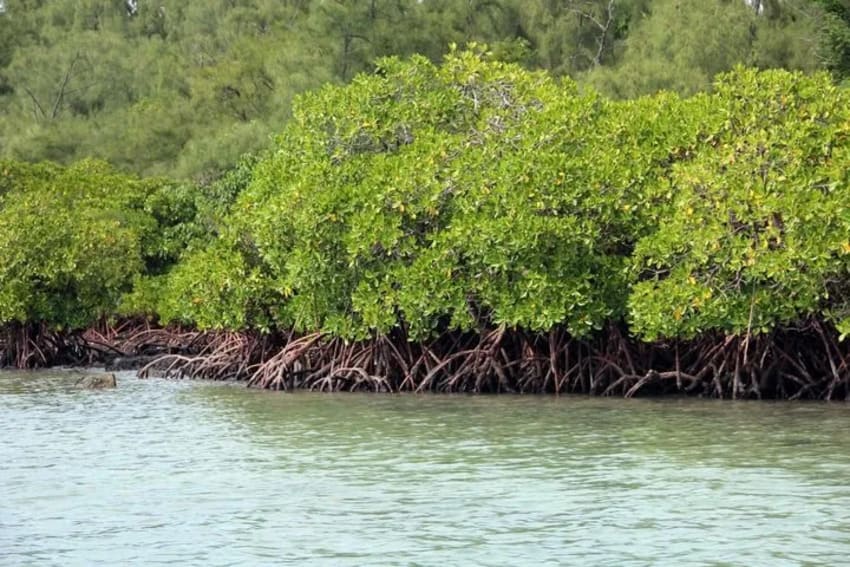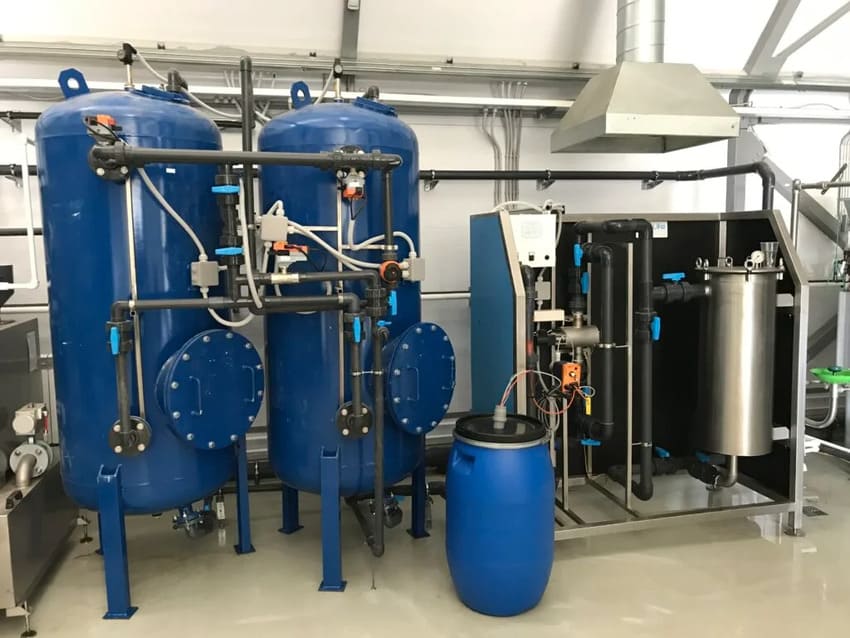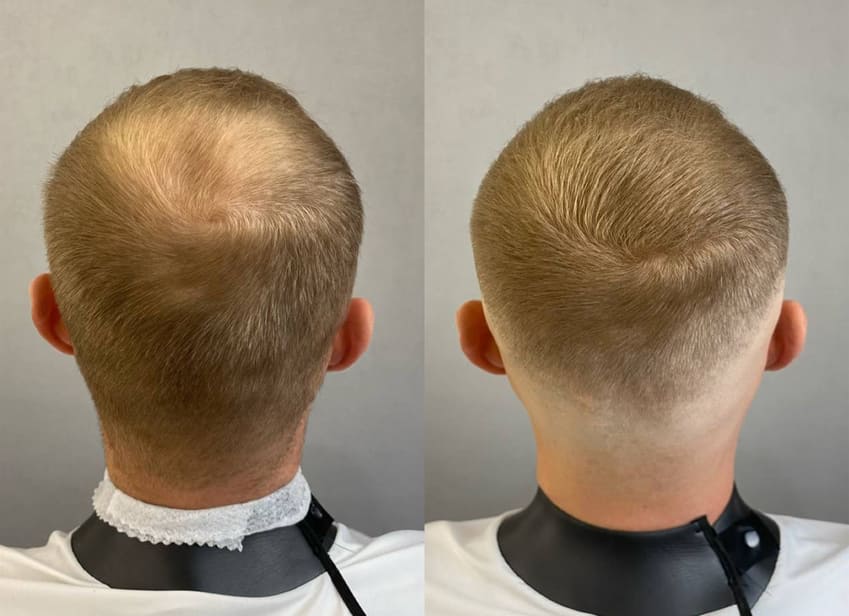Resilience of Hitchhiking Bacteria in Simulated Martian Conditions
- Martian environment
- bacteria survival
- space exploration
- pathogenic microbes
- contamination prevention
- immune system response
- astrobiology
Future interstellar adventurers take note: Bacteria that hitch a ride to Mars on humans could not only endure the severe conditions on the Martian surface but also potentially flourish.
Recent studies subjected four common pathogenic microbes to conditions mimicking those on Mars, characterized by its arid climate, minimal atmospheric pressure, lethal ultraviolet rays, and poisonous salts. These bacteria survived for varying lengths of time, and in some instances, multiplied in artificial Martian soil, according to a report published in Astrobiology.
The research highlights concerns for the health of astronauts and the importance of avoiding the contamination of extraterrestrial environments. It also emphasizes the remarkable resilience of bacteria, which have thrived on Earth for billions of years, notes microbiologist Samantha Waters from Mercer University in Atlanta, Georgia, who did not participate in the study.
Previous studies on the viability of microbes on Mars primarily focused on extremophiles — organisms that inhabit Earth's most extreme environments, such as areas with high levels of radiation, salinity, temperature fluctuations, or dryness. However, researchers discovered that several bacterial species associated with the human body could proliferate in a medium that mimics the nutrient-deficient conditions of meteorites.
This discovery led some of the team members, including microbiologist Tommaso Zaccaria, to investigate how these microbes would fare under Mars' harsh conditions. They placed colonies of Burkholderia cepacia, Klebsiella pneumoniae, Pseudomonas aeruginosa, and Serratia marcescens in an environment simulating Martian conditions and soil. Typically, these microbes coexist with humans harmlessly but can become harmful under stress.
Zaccaria, from the German Aerospace Center in Cologne, initially suspected that the Martian soil analog would inhibit microbial growth due to its toxicity. Contrary to expectations, the opposite was observed.
The experiment saw three of the bacterial species surviving, with P. aeruginosa showing significant growth. "It was quite surprising," remarks Zaccaria.
The team is now investigating how these microbes managed to survive, speculating that the soil's nooks might have offered small havens with sufficient water, nutrients, and shielding from harmful UV rays. They are also exploring how the human immune system, known to be compromised during space missions, might react to these resilient microbes.
These findings indicate that human expeditions to Mars should be well-equipped with a variety of antibiotics to address the risk of pathogenic bacteria that survive, potentially mutate on the Martian surface, and then reinfect humans. Zaccaria further suggests designating specific areas on Mars as protected zones, similar to national parks, where only robotic probes, not humans, would venture, to prevent terrestrial microbial contamination.
Waters believes that human creativity will find solutions to these challenges, encouraging continued space exploration. "Ultimately, our desire to explore our solar system should propel us forward, leading to significant discoveries and a remarkable chapter in history," she asserts.
CITATIONS
- T. Zaccaria et al. Survival of environment-derived opportunistic bacterial pathogens to Martian conditions: Is there a concern for human missions to Mars? Astrobiology. Vol. 24, January 2024, p. 100. doi: 10.1089/ast.2023.0057.
- J. Domínguez-Andrés et al. Growth on carbohydrates from carbonaceous meteorites alters the immunogenicity of environment-derived bacterial pathogens. Astrobiology. Vol. 20, November 2020, p. 1353. doi: 10.1089/ast.2019.2173.



